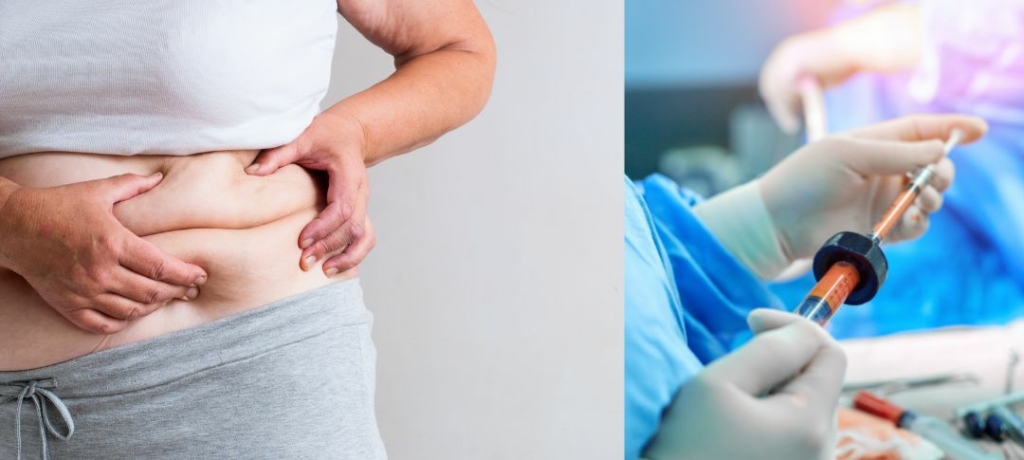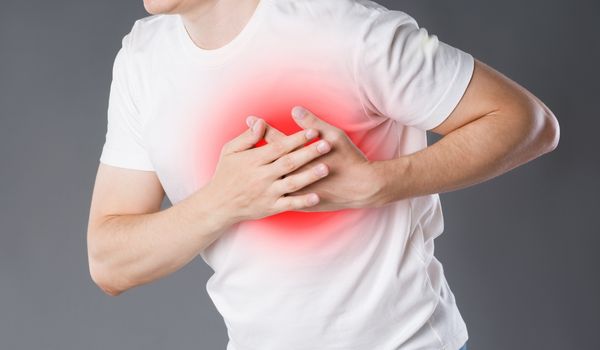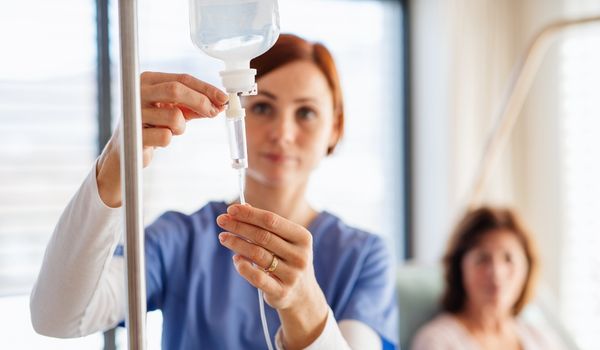
Causes, Symptoms and Treatment of Fat Embolism
A fat embolism is when a piece of fat blocks a blood vessel and restricts its blood flow. It’s a rare complication that can happen after cosmetic fat transfers, especially after a Brazilian butt lift.
Although fat emboli usually resolve on their own, they’re considered a medical emergency. If left untreated, they can lead to respiratory failure, heart failure, and even death.
Learn more about fat embolism after fat transfer surgeries, its causes, symptoms, treatment, and health consequences.
What Is a Fat Embolism?
An embolism is the blockage of a blood vessel, commonly caused by a blood clot. In the case of fat embolism, intravascular fat is the cause of obstruction.
Your body’s organs and tissues need the oxygen and nutrients carried by the blood for survival. A fat embolism can prevent oxygen-rich blood from reaching vital organs, such as the brain and lungs.
Without their blood supply, those organs may start to lose their functions and shut down, causing a condition known as fat embolism syndrome.
Fat embolism syndrome involves dangerous health conditions, such as:
- Pulmonary fat embolism: a life-threatening condition that can happen if a piece of fat blocks a blood vessel in the lungs. A pulmonary fat embolism can cause pain in the chest and respiratory problems
- A stroke: another life-threatening condition that can happen if a fat embolism cuts off the blood supply to part of the brain. A stroke can cause neurological changes (trouble speaking, vision problems, loss of coordination) that can be fatal
Fat emboli commonly happen after physical traumas, particularly long bone fractures. You may develop a fat embolism after you break your thigh bone (femur), shinbone (tibia), or pelvis.
A fat embolism can also happen after fat transfer procedures.
What Plastic Surgery Procedures Can Cause Fat Embolism after Fat Transfer?
Fat emboli can happen after any plastic surgery that requires a fat transfer, including:
- Brazilian butt lift/BBL (fat transfer to the butt)
- Breast augmentation (fat transfer to the face)
- Facial rejuvenation or facial lipofilling (fat transfer to the face)
- Hand rejuvenation (fat transfer to the hand)
- Vaginal rejuvenation (vaginal tightening with fat transfer)
Although the incidence of a fat embolism after cosmetic fat injections is low, it’s more common after BBL procedures than other cosmetic procedures.
Signs of Fat Embolism after Fat Transfer
The symptoms of a fat embolism after fat grafting vary from one patient to another, and they may come and go.
However, even if you feel better for a while, that doesn’t mean the blockage is gone.
Therefore, it’s crucial to seek medical attention if you experience the following symptoms after getting a Brazilian butt lift or other fat transfer procedures:
- Dizziness
- Tightness in the chest
- Shortness of breath or trouble breathing
- Rapid breathing
- Weakness
- Fatigue
- Your lips or fingertips turn blue (cyanosis)
- Unexplained headaches
- Mental confusion, agitation, or anxiety
Theoretically, a fat embolism can develop any time after a Brazilian butt lift or other cosmetic procedures requiring a fat transfer.
In most cases, fat embolism after a BBL begins soon after the surgery, usually within 48 hours. Nonetheless, it can also happen weeks or even months later.
You should immediately reach out to your healthcare provider if you experience any fat embolism symptoms, even if it has been months since your plastic surgery.
How Can You Get a Fat Embolism From Fat Transfer?
Fat transfers involve first harvesting fat from a donor site (usually the tummy or thighs) by liposuction and then injecting it into a different body region.
Possible causes of a fat embolism after cosmetic fat grafting include damaged fat cells during liposuction and the injection of fat directly into a blood vessel.
· Fat embolism from liposuction
At the donor site, liposuction can damage some fat cells and the veins close to them. The damaged fat cells then release fat droplets that can make their way into torn veins nearby.
From there, the pieces of fat may enter the blood circulation and travel into and block blood vessels supplying organs such as the lungs and the brain.
· Injection of fat directly into a blood vessel
After liposuction, the surgeon injects the purified fat grafts into the cheeks, breasts, or buttocks.
Sometimes, the fat gets accidentally injected into a vein or artery. That happens more often when fat gets grafted into areas of the body rich with blood vessels, such as the buttocks.
How Are Fat Emboli Treated?
The treatment of a fat embolism mainly relies on providing the patient with supportive care and managing the symptoms.
Unlike with a blood clot, anticoagulants cannot dissolve a fat blockage. Instead, doctors help patients manage the symptoms while the fat embolism resolves on its own.
If you develop a fat embolism after your fat transfer:
- You’ll get admitted into the hospital (probably the intensive care unit)
- Your vitals and oxygen levels will be monitored
- You’ll receive an intravenous fluids
- You’ll receive drugs to increase your blood pressure, such as dopamine, to help remove the fat blockage
- The doctors will give you oxygen if the embolism is causing you respiratory symptoms. Some patients may even need mechanical ventilation
Doctors may give corticosteroids to patients with a fat embolism to ease their respiratory symptoms and help them breathe better. However, scientists still haven’t proven how effective that is.
How to Avoid a Fat Embolism from Fat Transfer
Getting a fat transfer doesn’t mean you’ll necessarily get a fat embolism. The risk is usually very low.
There’s not much you can do to help you prevent a fat embolism after breast fat grafting, a Brazilian butt lift, or other fat transfer procedures.
The best you can do is learn all the warning signs and symptoms of fat emboli and other fat transfer complications. Also, be sure you inform your plastic surgeon of anything that feels unusual after your procedure.
With that said, you must choose a plastic surgeon with ample experience to perform your fat transfer procedure. A highly skilled surgeon can avoid a fat embolism after BBL or breast fat transfer by optimising the liposuction procedure and using ultrasound-guided fat injections.
Is Fat Embolism a Dangerous Complication?
While fat emboli generally resolve on their own, in some cases, they can lead to serious health complications and even death.
A fat embolism becomes dangerous when it affects your lungs’ functions and causes severe breathing problems, which can evolve into respiratory failure.
Moreover, breathing difficulties can put too much strain on the heart and ultimately lead to heart failure.
Additionally, fat embolism after fat injections in the face can lead to blurry vision, loss of vision, and a brain stroke (cerebral stroke).
Fat transfers can give patients very natural cosmetic results. However, patients must be aware of possible risks following fat grafts in the face, buttocks, or breasts.
A fat embolism is a rare medical emergency that can be fatal. Immediately inform your healthcare provider if you experience any of the signs and symptoms of a fat embolism after a fat transfer procedure.
Medical References about Fat Embolism after Fat Transfer
- Case Report and Literature Review: Catastrophic Embolism Following Cosmetic Injection of Autologous Fat in the Face
- Severe fat embolism after autologous fat grafting in vaginal tightening and breast augmentation surgery – PMC
- Fat Embolism After Autologous Facial Fat Grafting
- Breast Reshaping with Fat Grafting Gallery by Dr. Guy Watts
- Breast Augmentation Sydney – Breast Implants by Dr Bish Soliman
- Fat Transfer to Breast Before and After Photos by Dr Carmen Munteanu
- Fat Transfer to Breasts Sydney by Dr Michael Kernohan




